Since the initial writing of this blog on acoustic foam placement, foam technology has improved in performance and new applications. Updated on October 18, 2019
A lot of you been purchasing our foam for different reasons. Some for voice control, live rooms, and listening rooms. We appreciate that. A lot of you have questions on how much acoustic foam you need and its placement. So today we’re going to address some of those general areas and give you an acoustic foam placement guide. Just remember that everybody’s situation is different, these are some general guidelines that will help you.
Just remember that everybody’s situation is different, these are some general guidelines that will help you.
What is our goal with acoustic foam?
Our goal is middle and high-frequency absorption. The goal is also to lower reverberation time. What is reverberation time? It’s just a bunch of the reflections in your room, off all your surfaces added together. That’s the simple definition. In short, it’s a summation of all these reflections. Reflections create kind of an energy source of their own within the room. Our goal with the foam is to lower reverb time. It’s a general overall goal to lower the middle and high-frequency energy so that speech and music can be heard. That’s the top element in this whole process.
FOAM LINK: https://www.acousticfields.com/product/acoustic-foam/
What is the usage of your room?
You must define what you’re going to use your room for before you work out the amount of acoustic foam that you will need as well as its placement. What are you using your room for? Is it voice, is it live, is it a control room, is it listening? You need to define those because each has a different objective when it comes to acoustic foam placement. It is all about covering enough of the surface area with the proper rates and levels of absorption to treat the reflections from that wall surface area.
Voice – the big thing with voice is the difference between reflections, or room sound, and the direct sound from your voice at the microphone position. It’s the reflections off room surface versus the direct energy from your voice to the microphone that you need to be concerned with. Reflections are distortion and you do not want room distortion in your vocals.
Maybe there’s less room, more direct. Maybe there’s less direct, more room. It depends on what you’re trying to create. A lot a voice people today like no room and then add any effects that they want electronically. Well since we’re talking about room acoustics, we like to use the room to our advantage and we’re working on a project right now with Ken Theriot of Home Brew Audio, and we’ll have some results for you there with foam and diffusion.
Acoustic Fields Foam Ladder: https://www.acousticfields.com/product/foam-ladder/
Live room – once again reverberation time management. How much reverb time, how much room sound do you want in your recordings? Are you close micing, are you more far-field? Are you micing for room sound? All of these qualities will determine how much acoustic foam, or sound-absorbing material, you’re going to need and where to put it.
Some people like a dead sound. This is sound that is over absorbed to take out all reflections. Some people like hotter reverb times. This is sound that has more reflections in the mix and voice. It’s a personal choice. You have to figure out what’s important to you. Most of the time we find that you start with a baseline or a certain surface area coverage with a certain amount of foam and go from there.
Control room – with a control room you need acoustic foam on your sidewalls and front walls. Those are the two main areas that you have to look at. Obviously the rear wall is important. That’s usually an area we reserve for diffusion. But in a control room, the direct energy is the critical part.
With sidewall reflections and front wall reflections, we want to minimize and lower the time signature of those reflections below the direct sound from your monitors.
Listening room – Sidewalls, front walls very similar to control rooms. Here you’re dealing with creating a sound stage, where the image that was put together in the control room is now heard in a playback environment. Those side lateral reflections in the horizontal domain are critical.
The front wall reflections are also critical, after those you then need to deal with the rear wall. In listening rooms, absorption’s a common thing for rear walls but diffusion is now becoming more popular. We always suggest diffusion for front and rear walls for your listening environments.
Acoustic foam placement, amount and positioning, what’s the required amount?
As explained above, it depends on usage. What are you trying to achieve in your voice room? What are you trying to achieve in your live room? What are you trying to achieve in your control and listening rooms? Everybody’s situation is a little bit different. Room sizes are different, room usages are different.
So this is a good general overview of what your trying to accomplish but for more specific foam amount and positioning, just contact us at info@acousticfields.com and I’ll be happy to help you with your personal situation.
In Summary
I hope this explanation helped. Please leave any comments below so I can get back to you. If you have more specific questions email me at info@acousticfields.com and we can go from there, or we can talk on Skype or telephone if you call me on 520–392–9486.Don’t be afraid to hit those Facebook like, Google+ and Twitter buttons on the left hand side so other people can see this post. And if you want to learn more about this subject please sign up for our free room acoustic treatment videos and ebook which provide step by step instructions. Get instant access by signing up now.
Thanks
Dennis


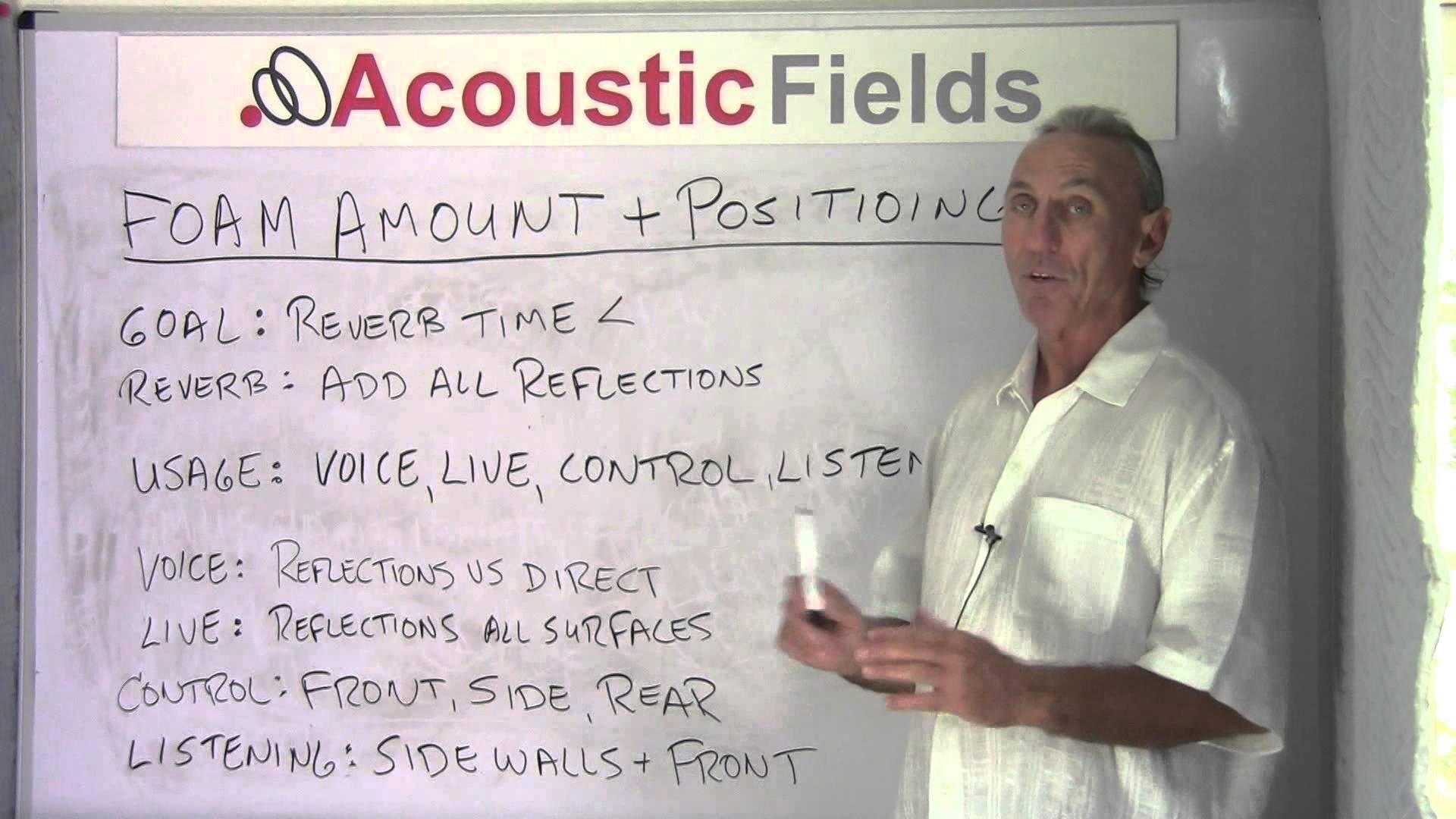
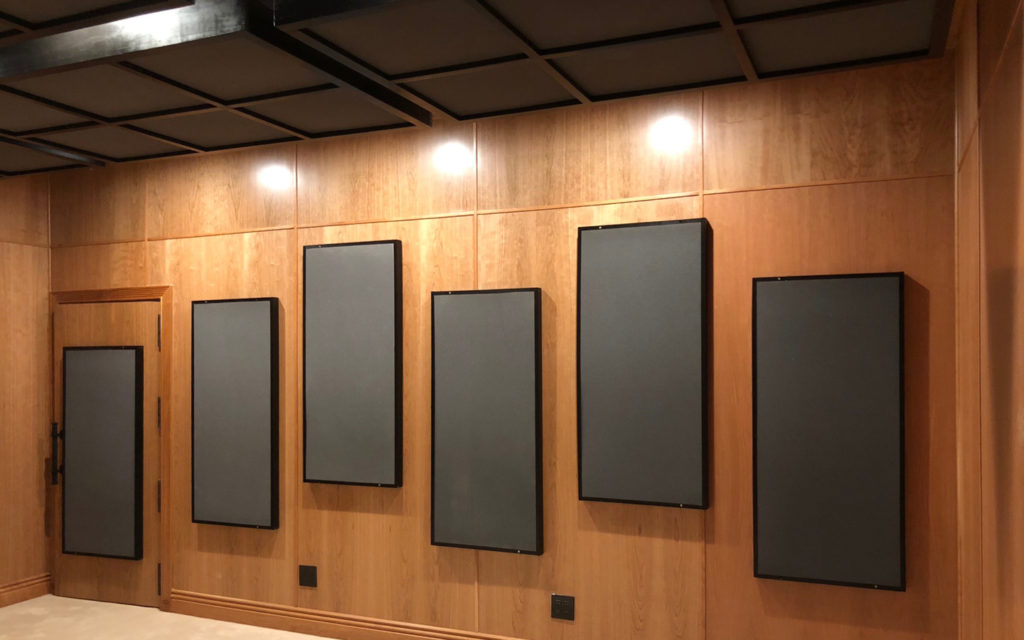
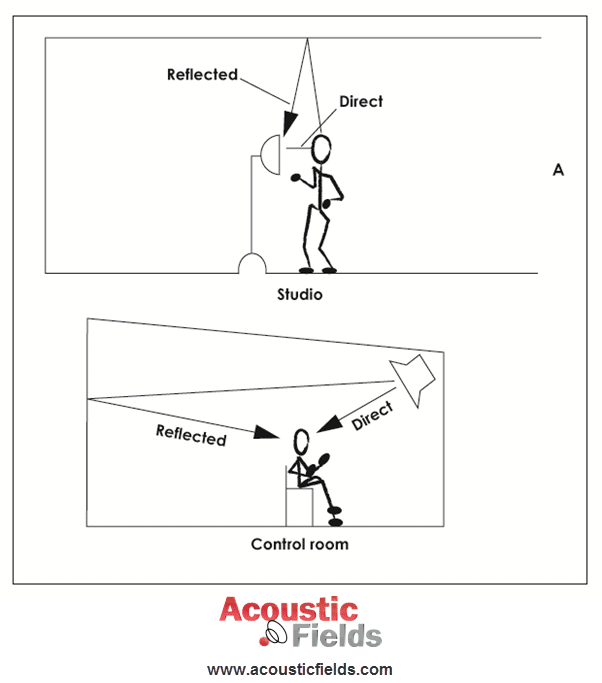
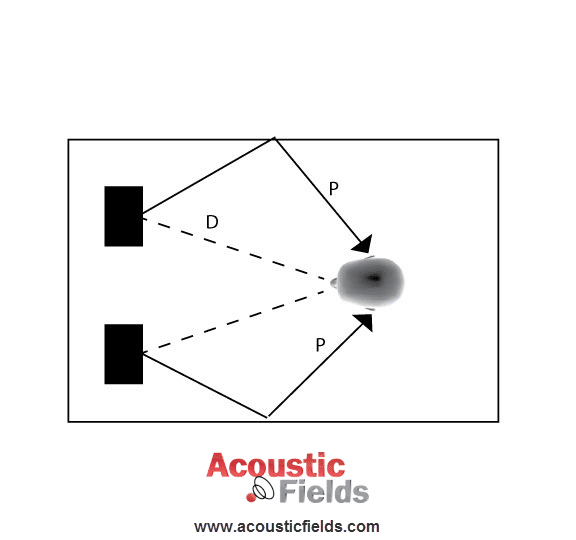



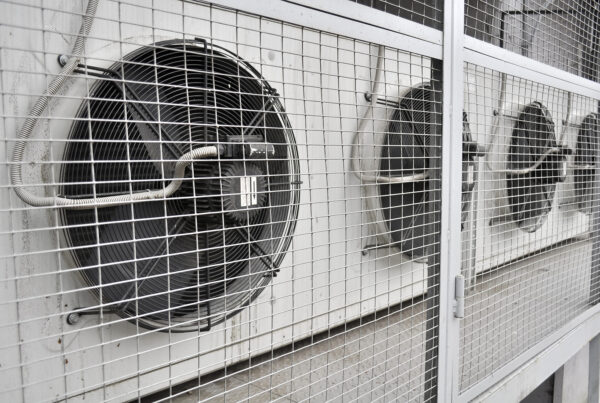

Dennis
Watched many of you videos; great insight into building my home studio. Thank you for that.
I have read elsewhere about a different twist on acoustic diffusers.
Instead of each cell being flat and set to one depth they are suggesting that each cell can be angled so instead of one being for example 50 mm deep and another being 75mm deep the first is angled from 50mm down to 75mm and the 75mm being angled down to the next depth. This to my mind would appear to maximise on the frequencies affected and therefore diffused.
My question is, would that work and would it be a benefit or simply loose the effect altogether.
I would love to hear your thoughts on this.
Cheers
Phil
P, Angling the edges produces sound redirection. I don’t like sound diffusion and redirection in the same product. Its like shooting yourself in the foot.
Hi
I am trying to isolate sound from my rehearsal room so that we do not bother the neighbourhood
My room is 20m x 10m
My front wall (20m) is partially covered with mirror and my rear wall has 3 small windows
Side walls (10m) are clean
Sometimes I have a band of traditional musicians (tahitian drums and ukulele) but most of the time I use one portable speaker
Where should I place the foam panels? Should I cover the wall fully or leave a gap between them (like chess pattern) ? The band will be composed of 3 people only so I guess I should place foms arond them? What about the ceiling?
Thank you so much for your help
E, You are confusing sound absorption technology with barrier technology. Foam is a sound absorption technology which deals with excess energy within your room. Barrier or noise technology restricts the movement of noise from source to receiver. With barrier technology you must first measure the frequency and amplitude of the noise and then design a barrier that you can build to isolate the noise from your room (source) to receiver (neighbors).
hey listen, if i sent you pictures of my room could you help me with positions as to where to place the acustic foam, i mainly use the room for voice and not for music. but because i use an audio technica 2035 mic i don’t want to get any echoing.
M, Yes, send to info@acousticfields.com
I want to isolate the sound from my vocal practice room (one singer, no microphone). The room is 10′ by 10′. There is one window (30″ by 48″); the opposite wall is mostly a mirrored closet. The only wall shared with a neighboring unit is covered by a Murphy bed. We are on the top floor of our condo building, with the floors separated by coreslab topped with several layers of subflooring and finally engineered hardwood. I can easily install acoustic foam and would appreciate advice on its placement. Thank you, E Benoit
E, If your goal is to minimize the sound transmission through walls, you do not use foam. Foam is a sound absorbing technology that minimizes the impact of reflections inside the room. You must use a barrier technology. Barrier technology is based upon frequency and amplitude of the noise you wish to isolate from.
Interesting read. I’m curious. Wouldn’t the echo control and soundwave absorption (of foam) also aid in lowering the perceived volume of the sound OUTSIDE the space? i.e.- less chance of neighbors being bothered by your voice that would otherwise travel along the walls or studs etc into the rooms next door? I run a gaming livestream and I’m reduced to channeling my inner Bob Ross in this new apartment that apparently is made of paper mache!
O, It will assist at lower pressure levels, but noise transmission is different science.